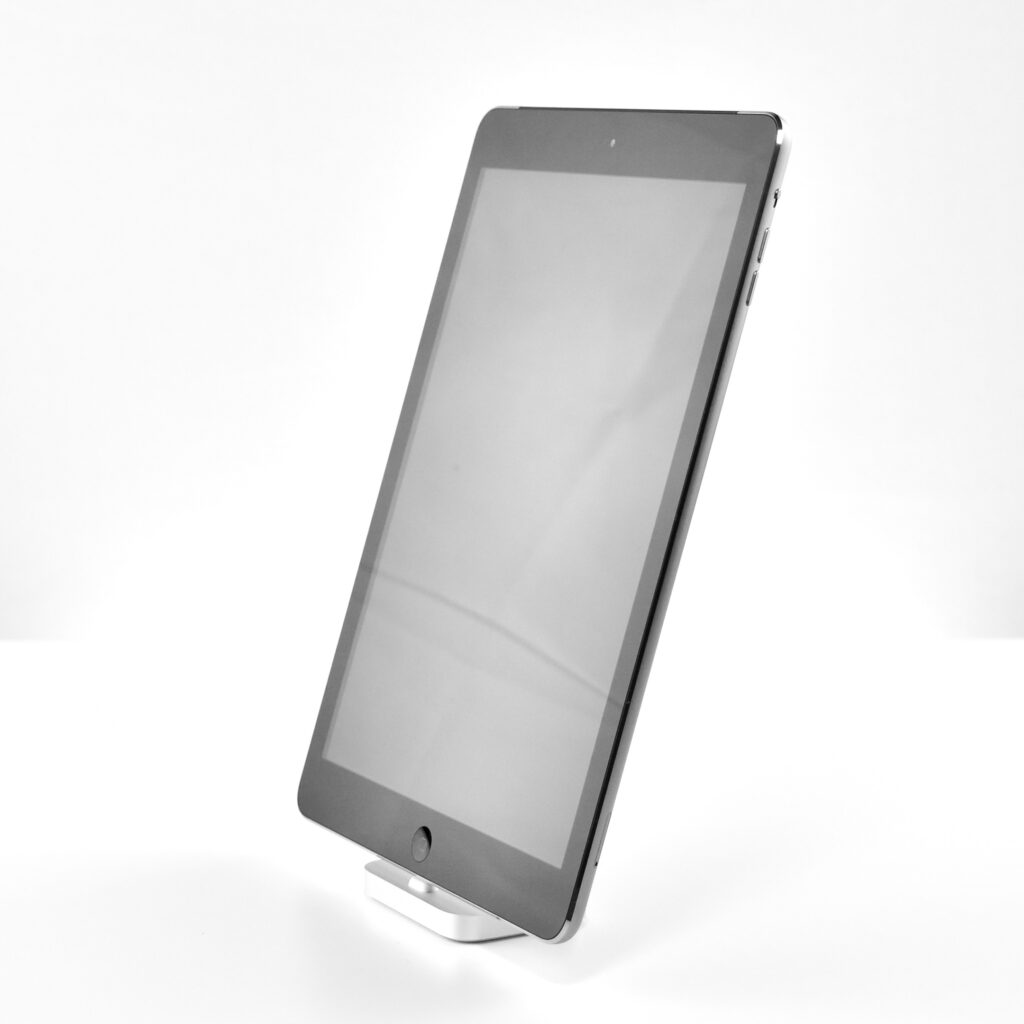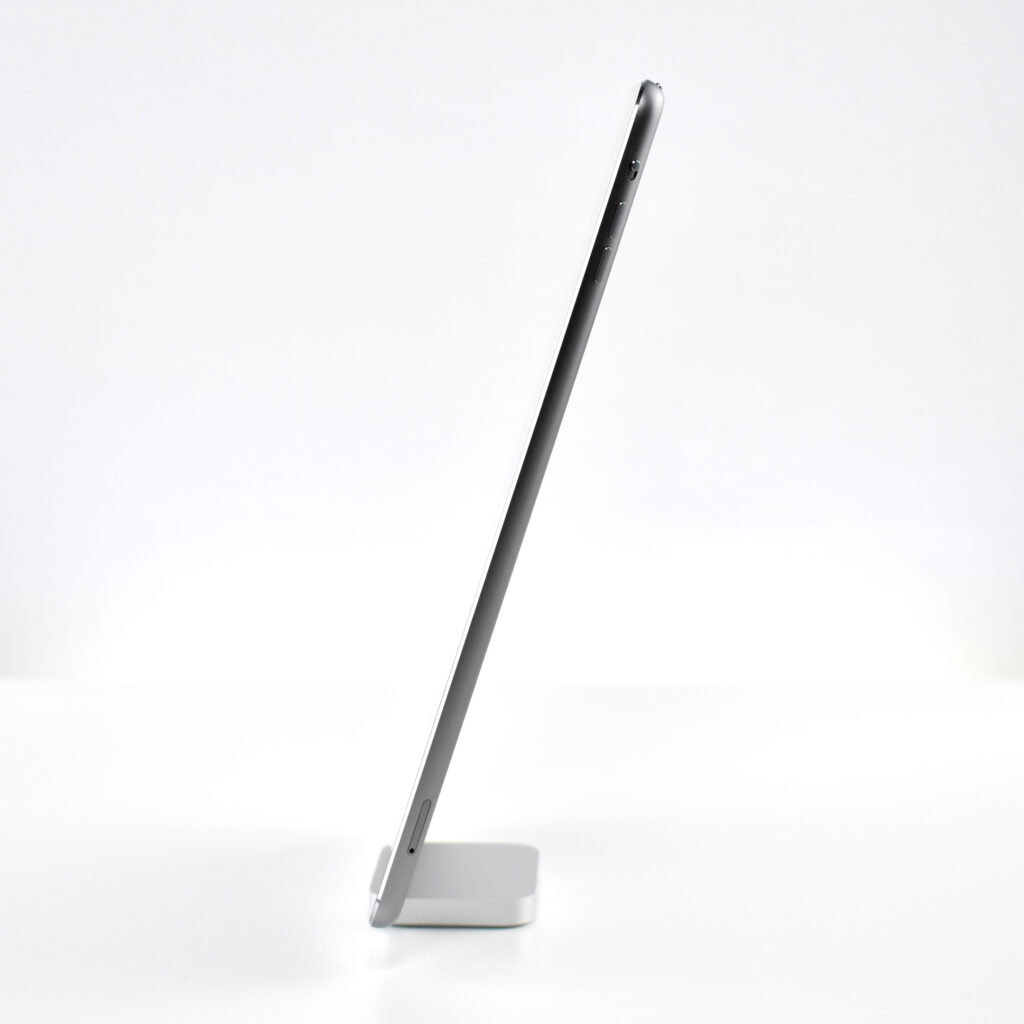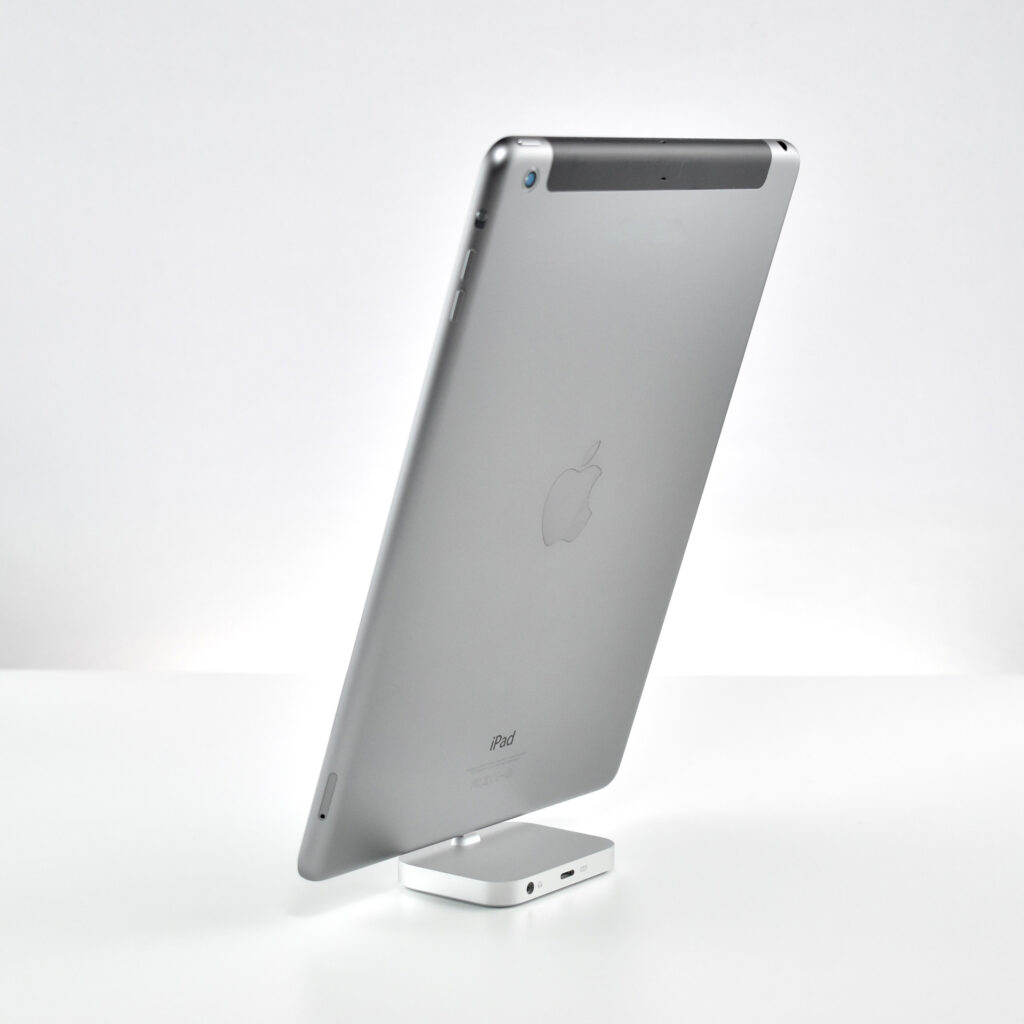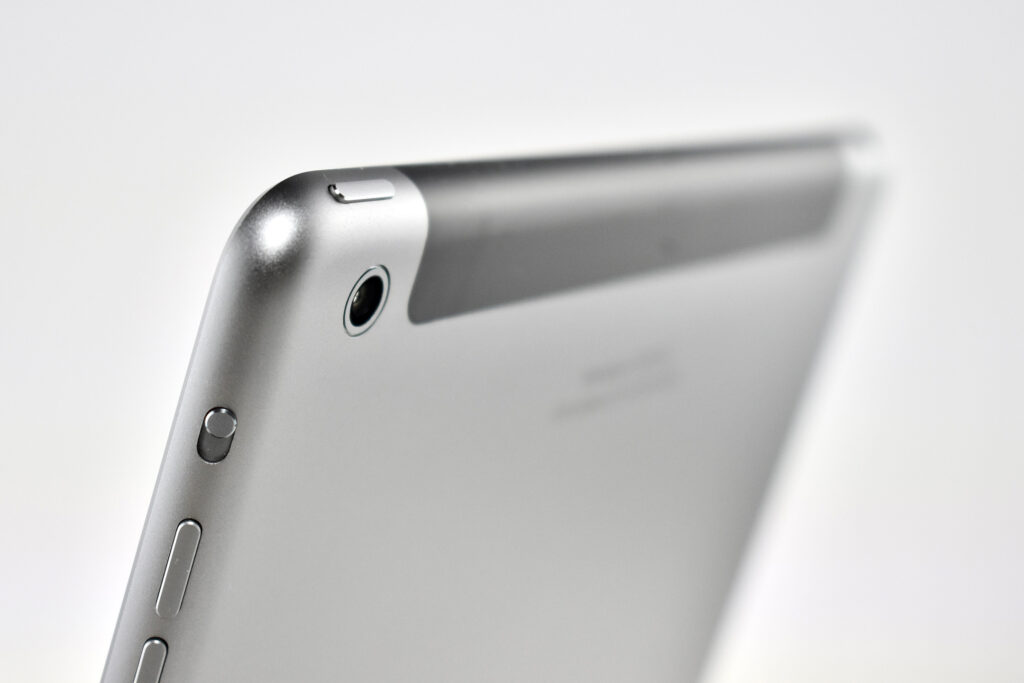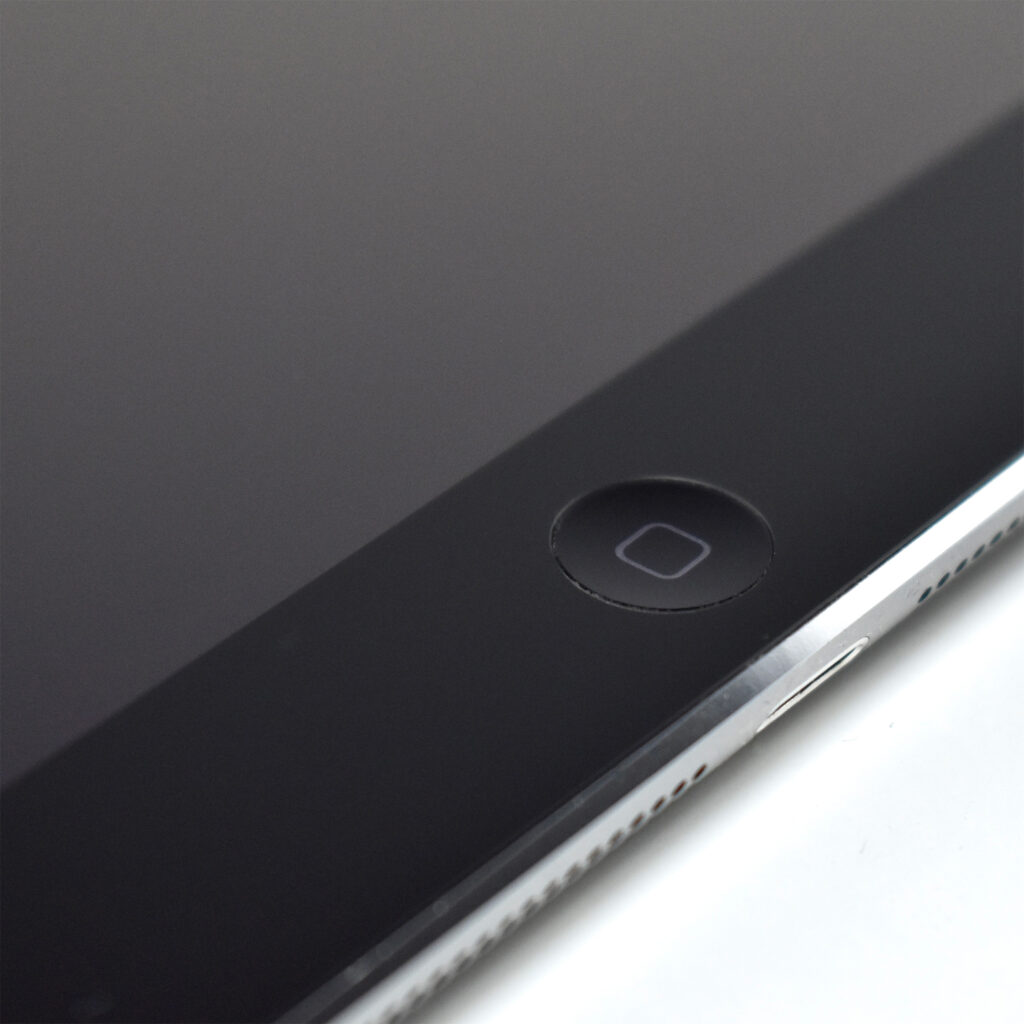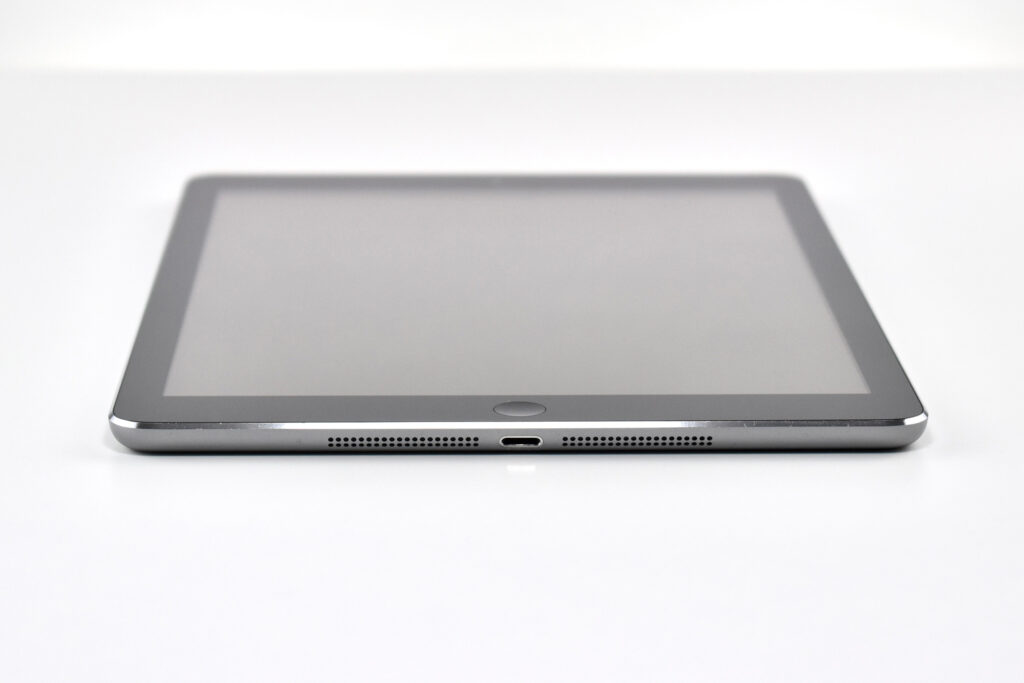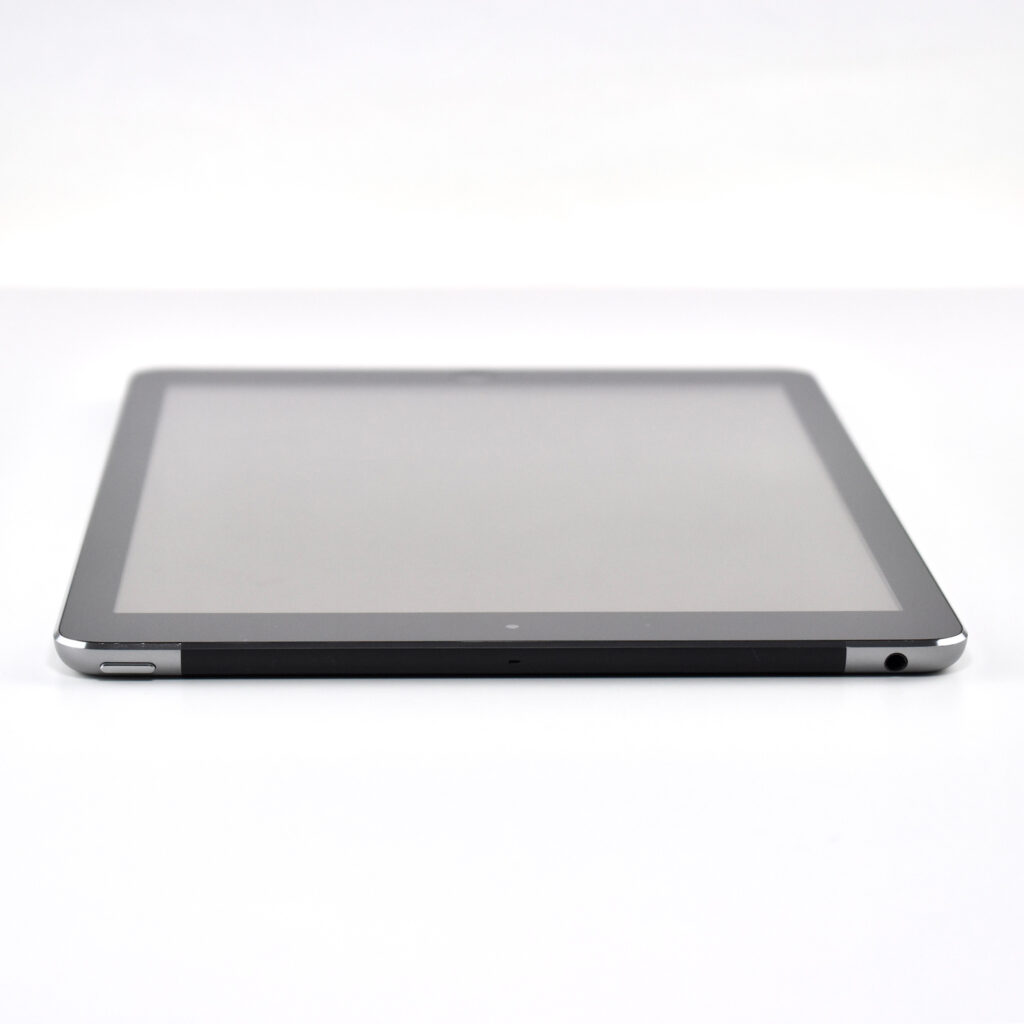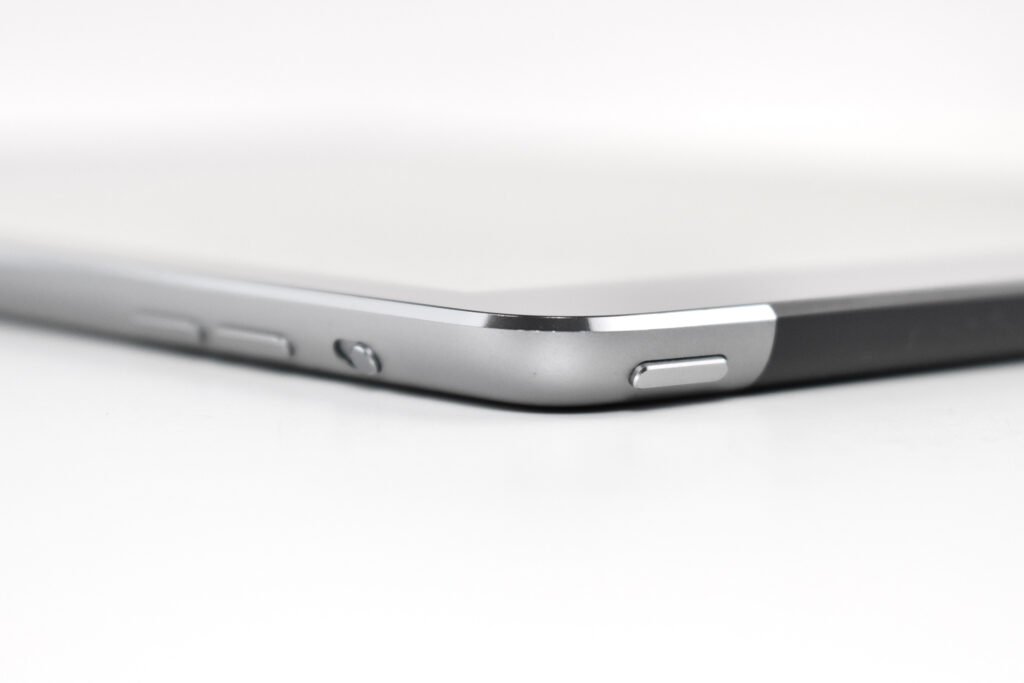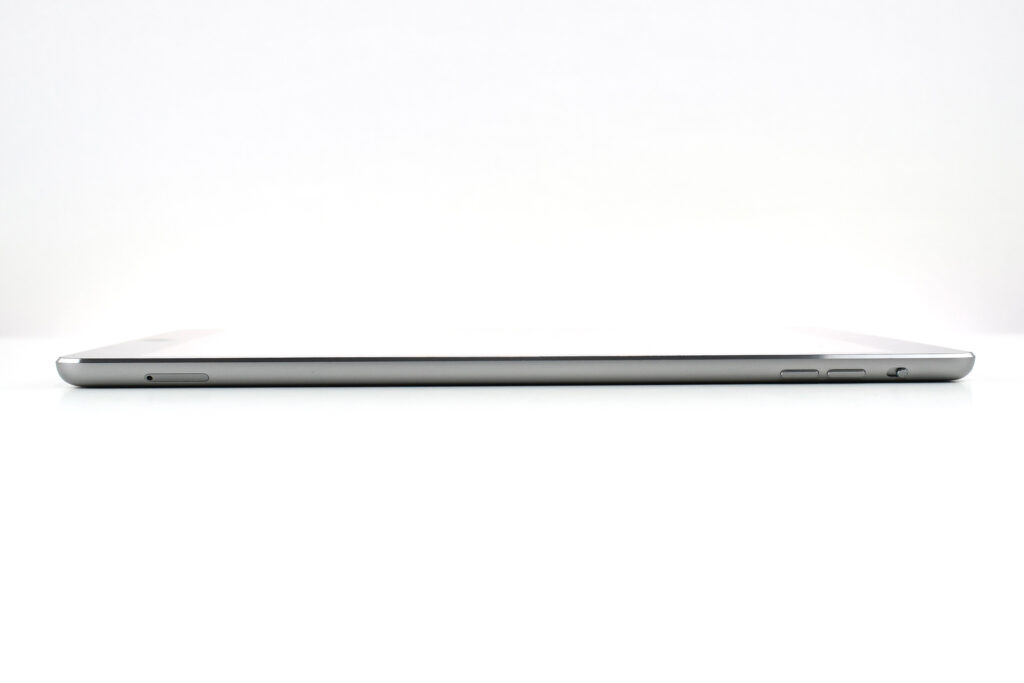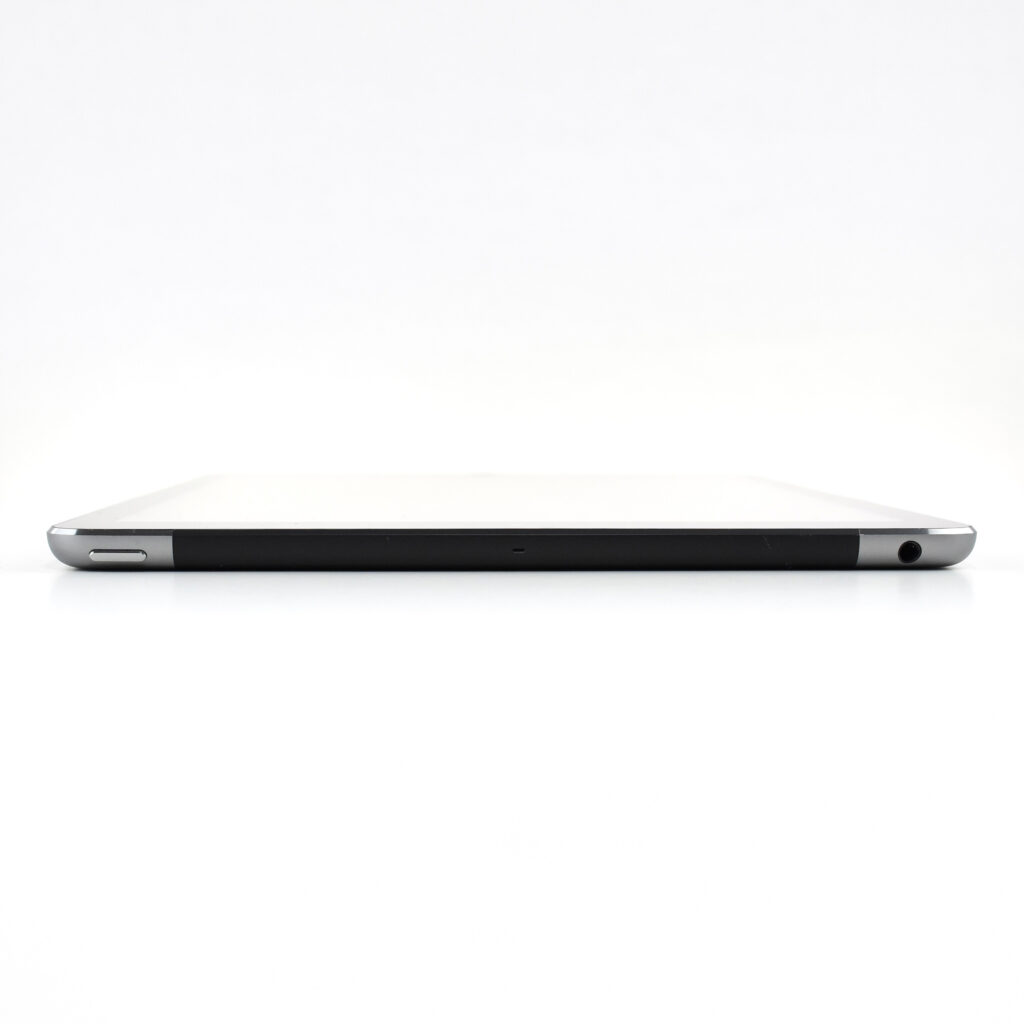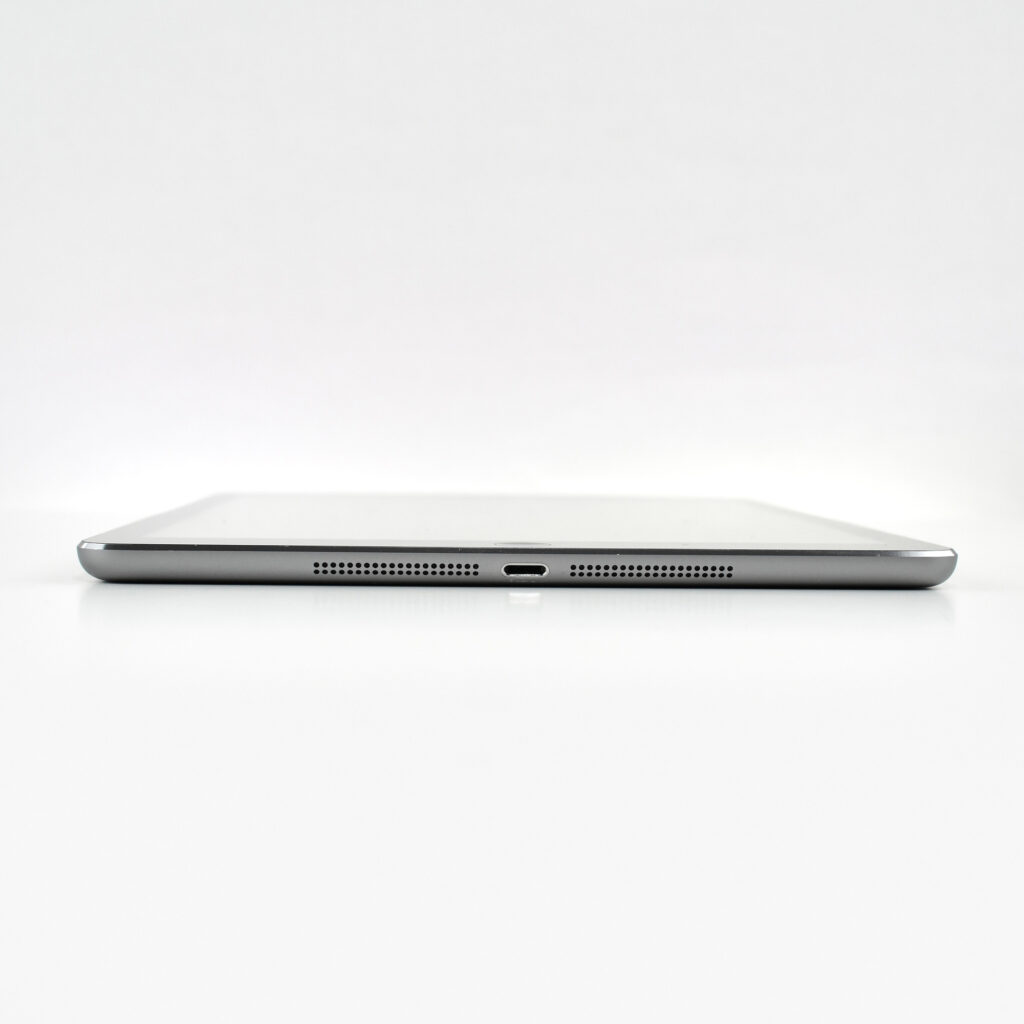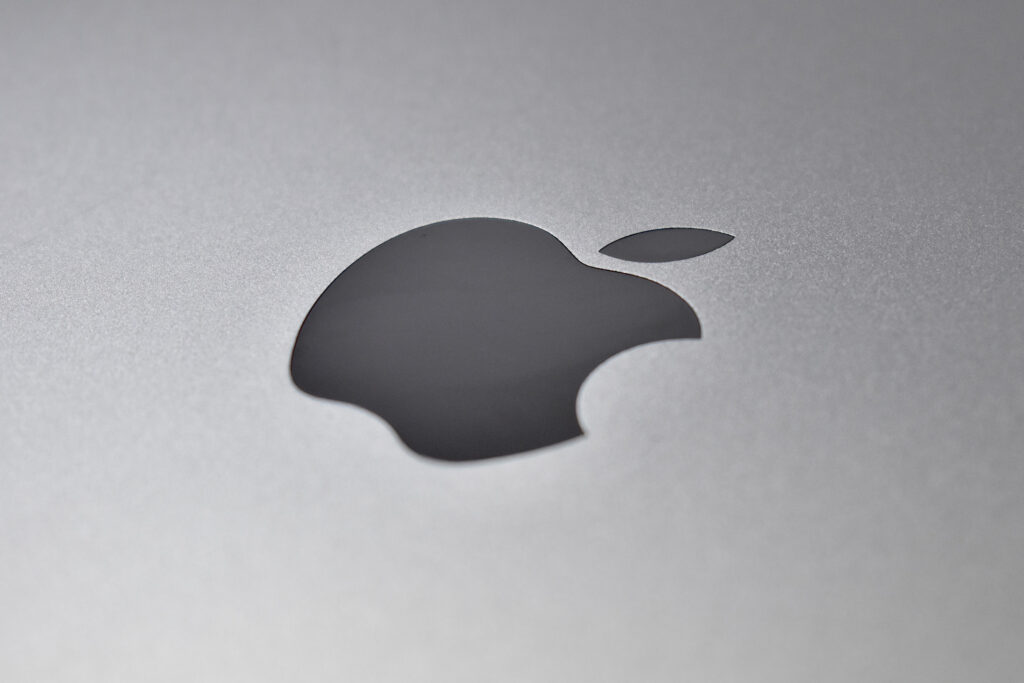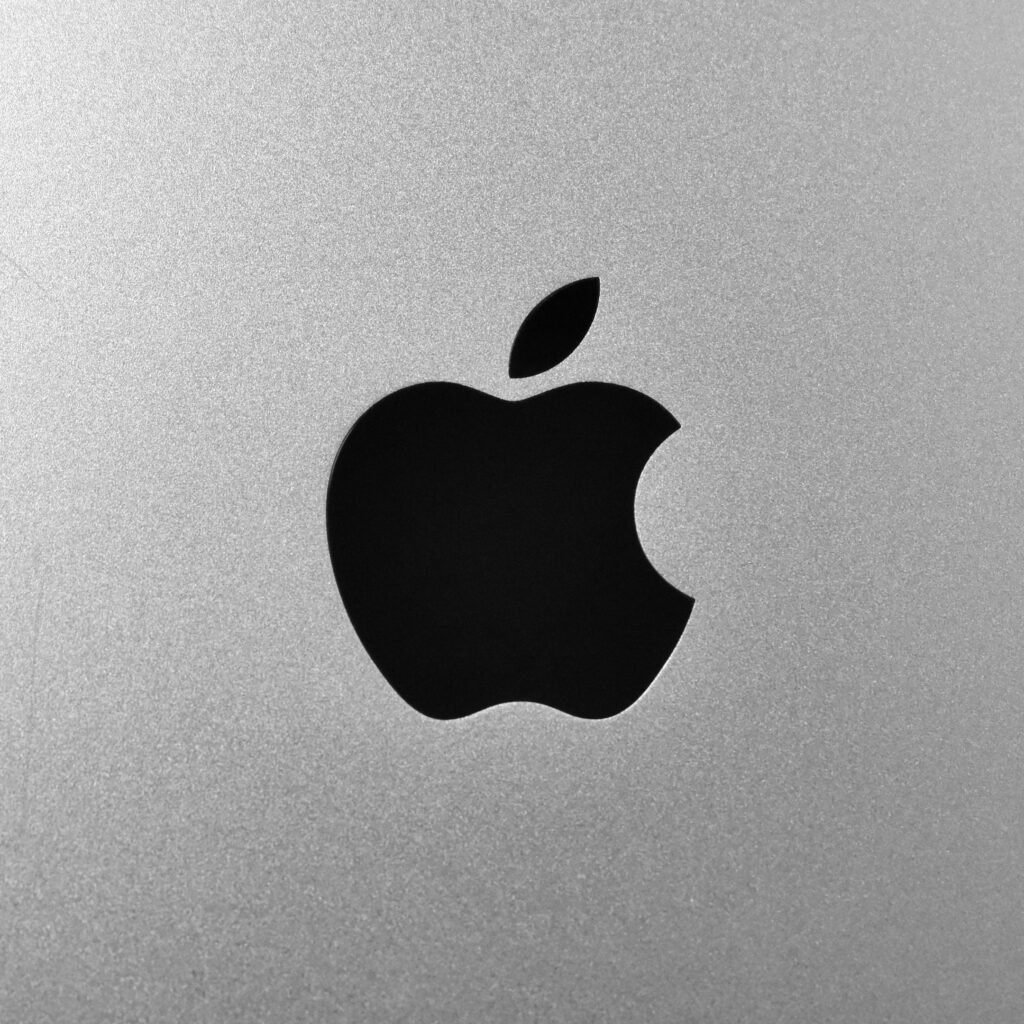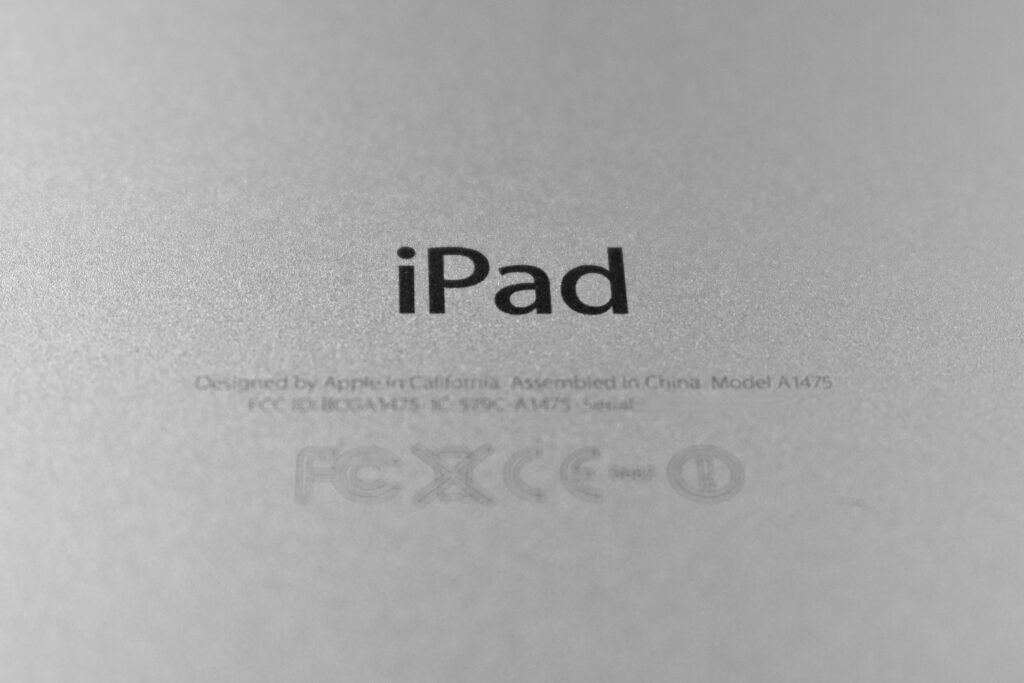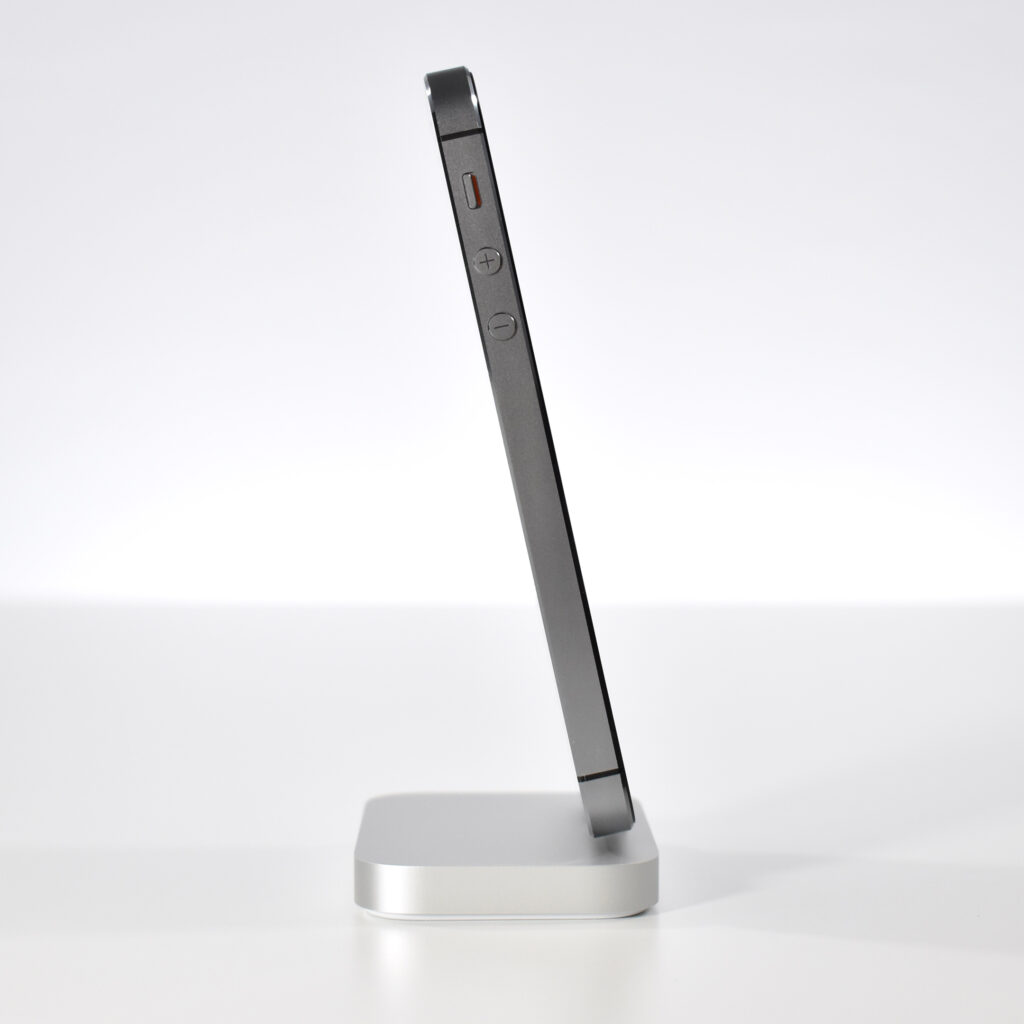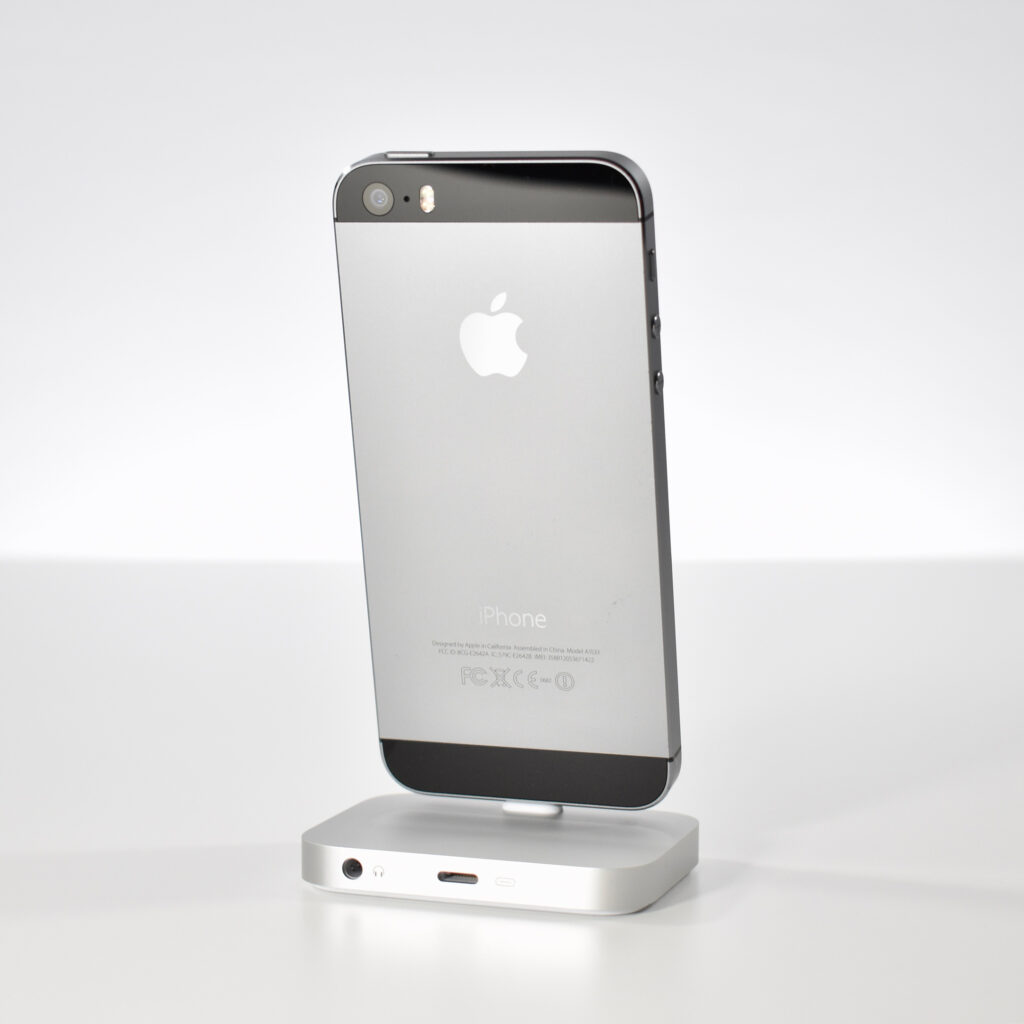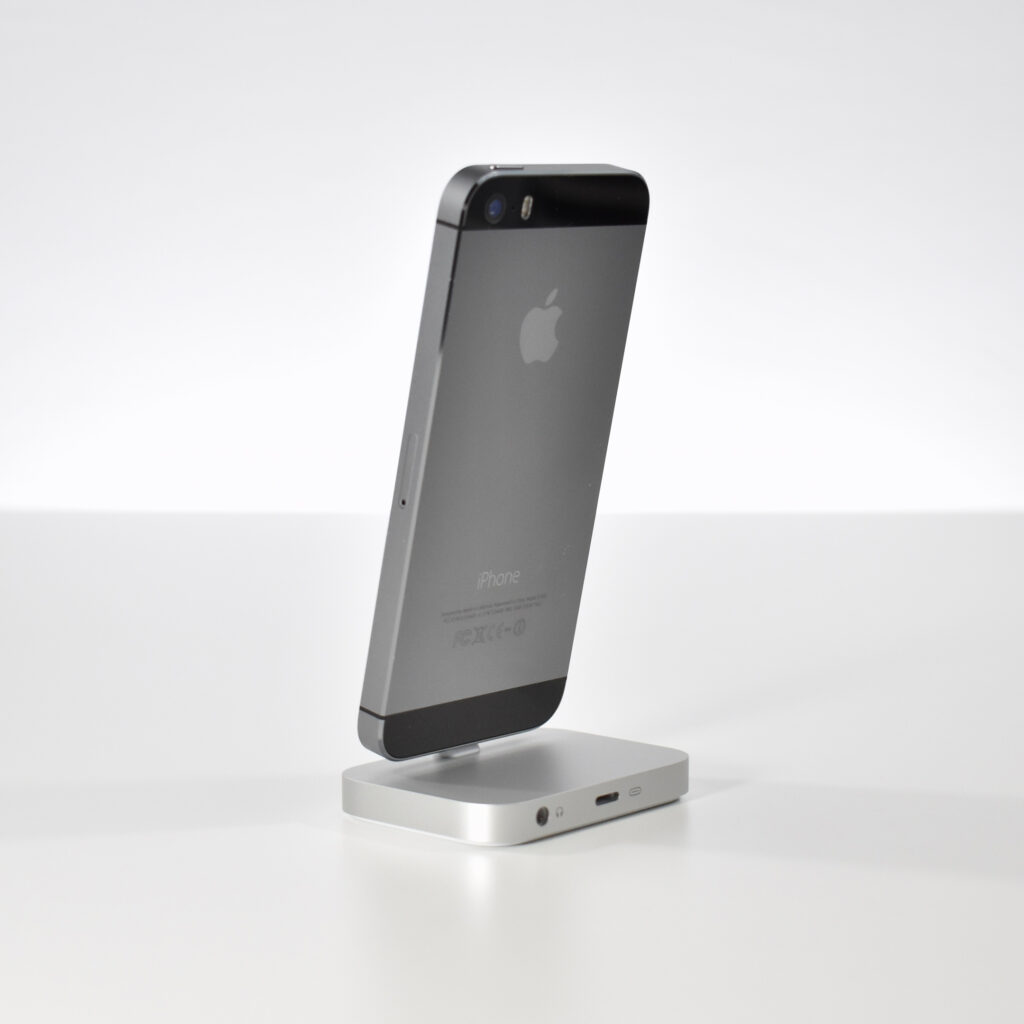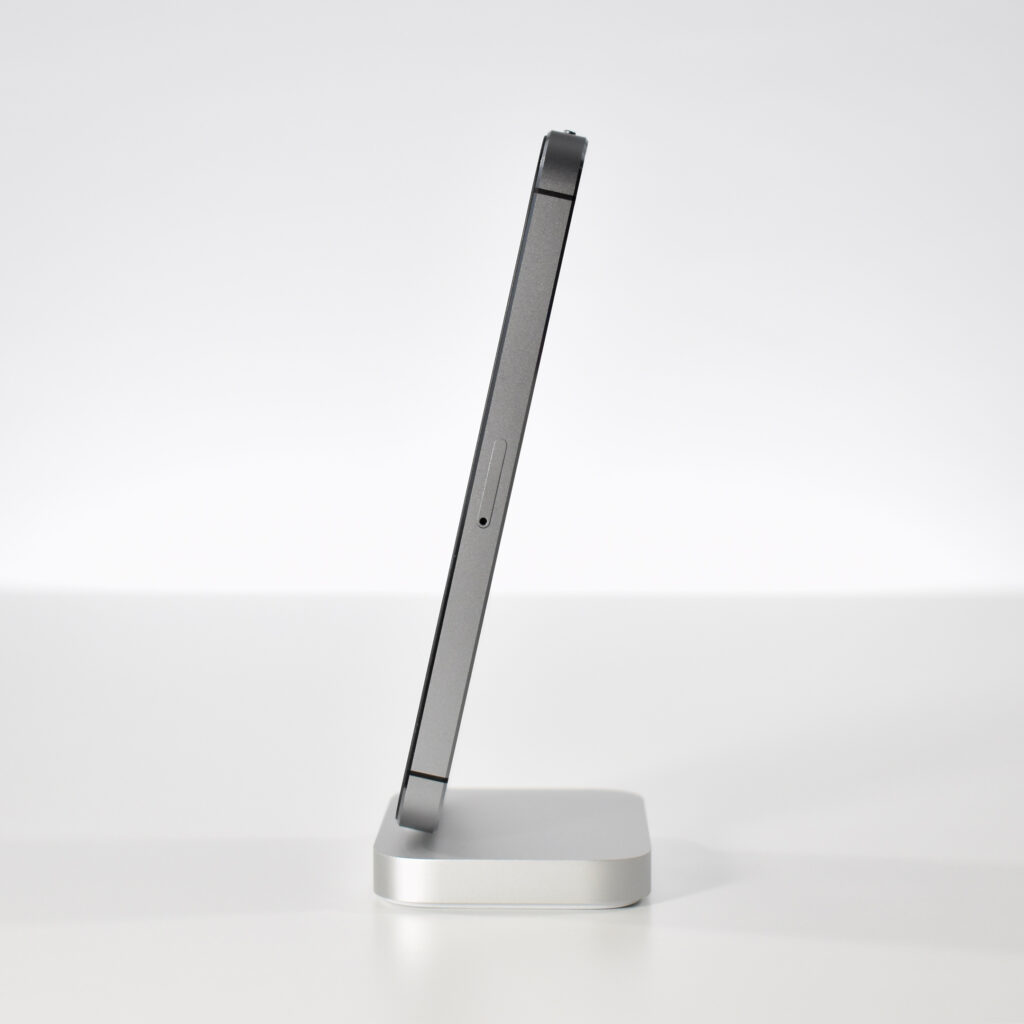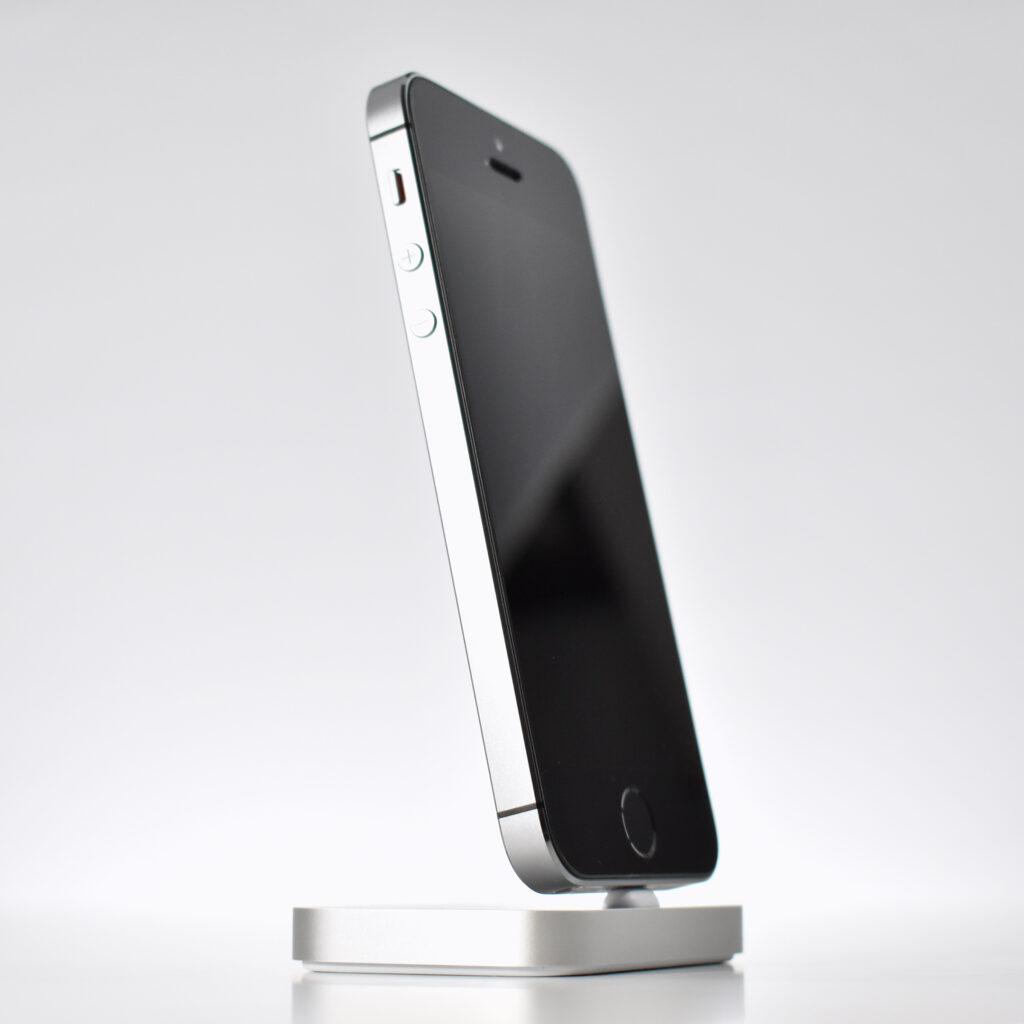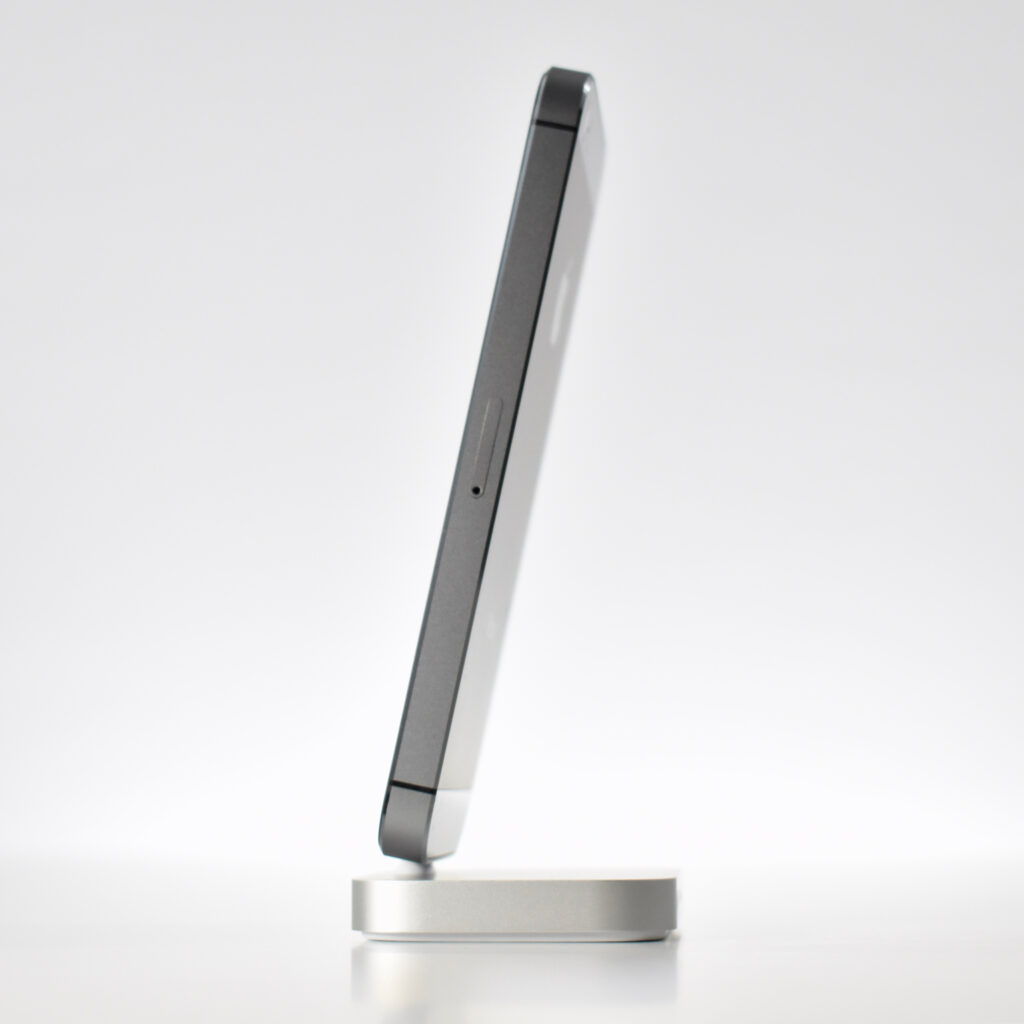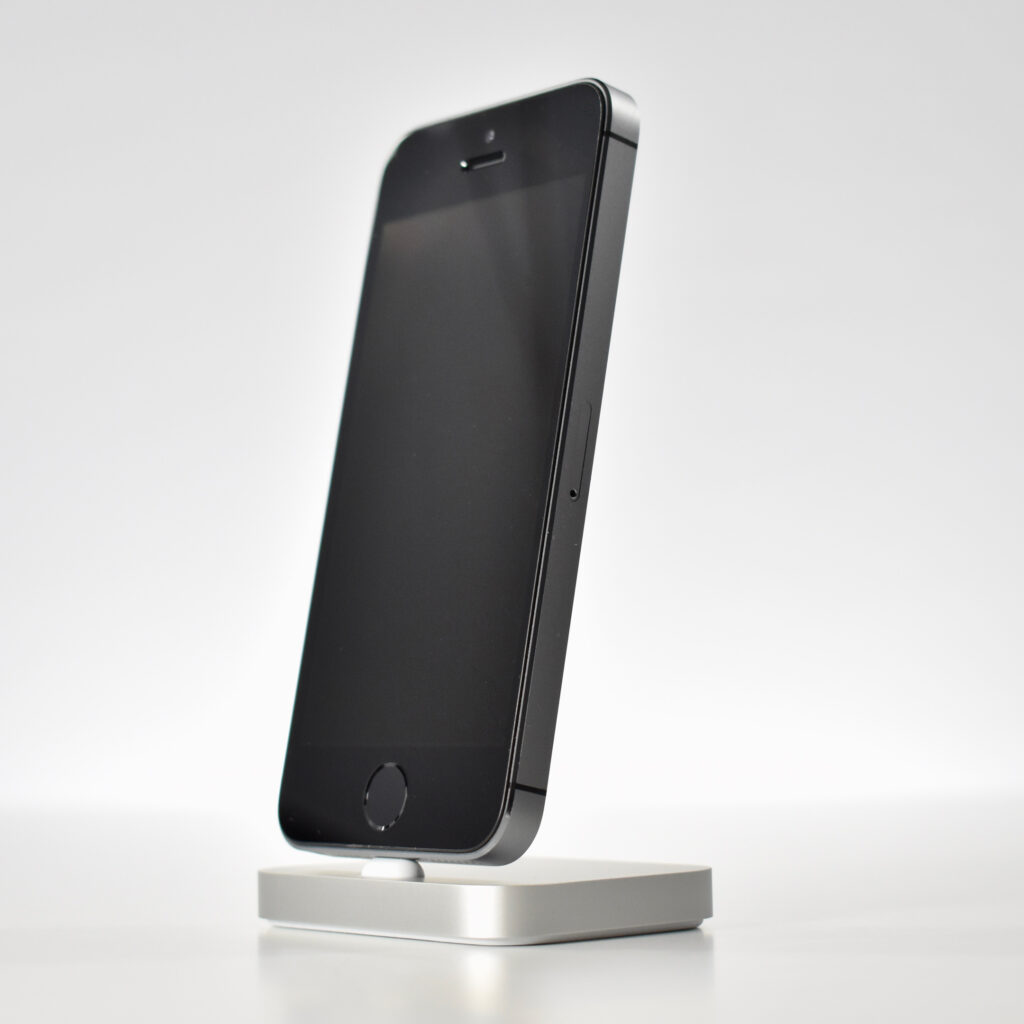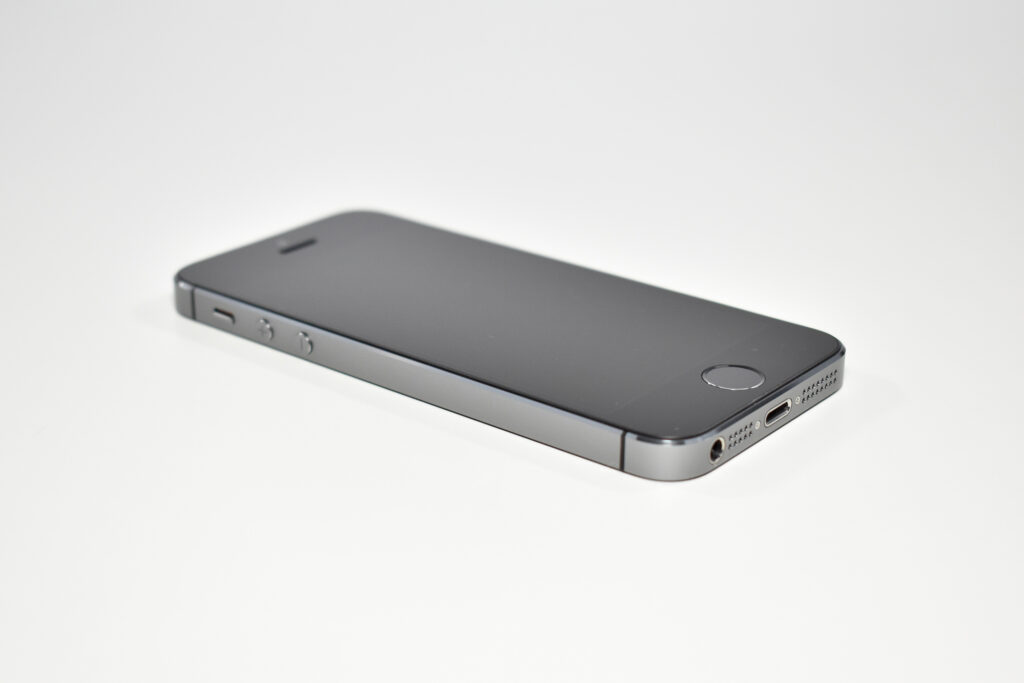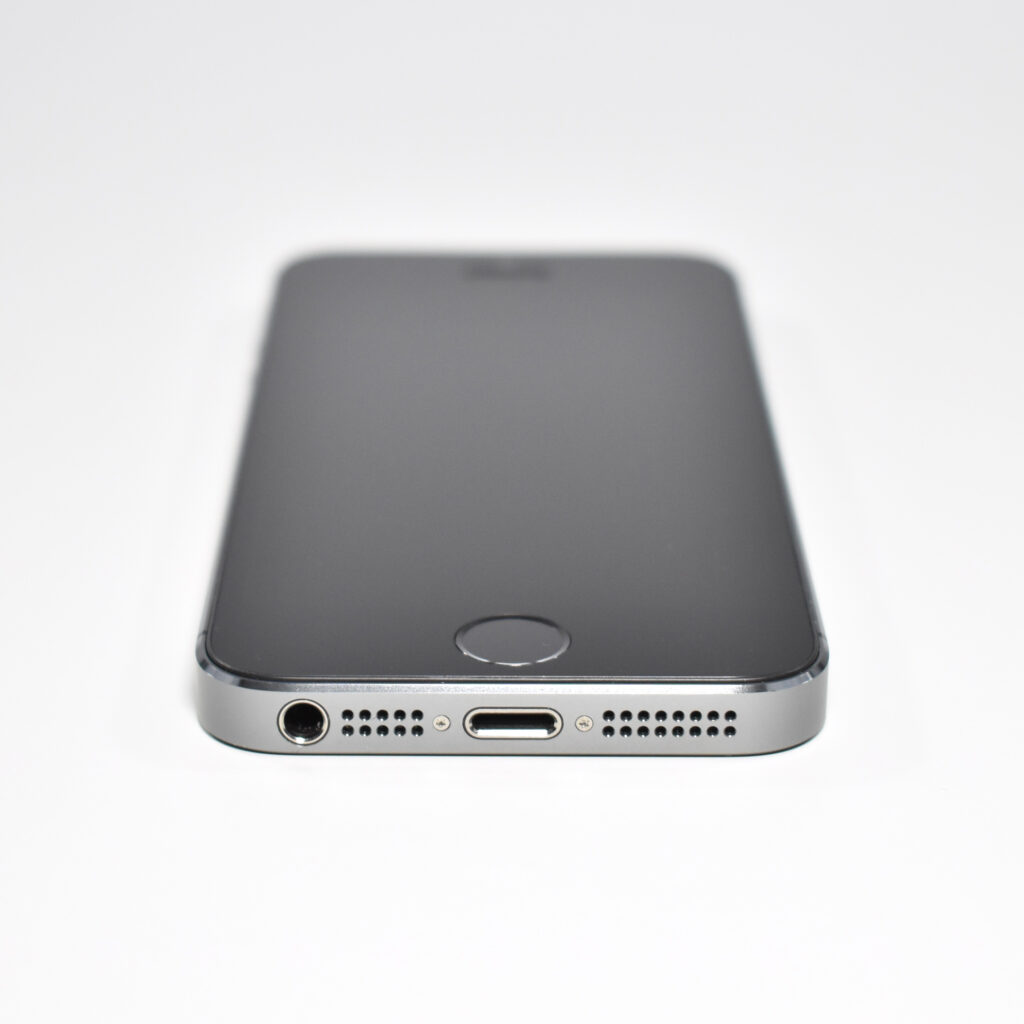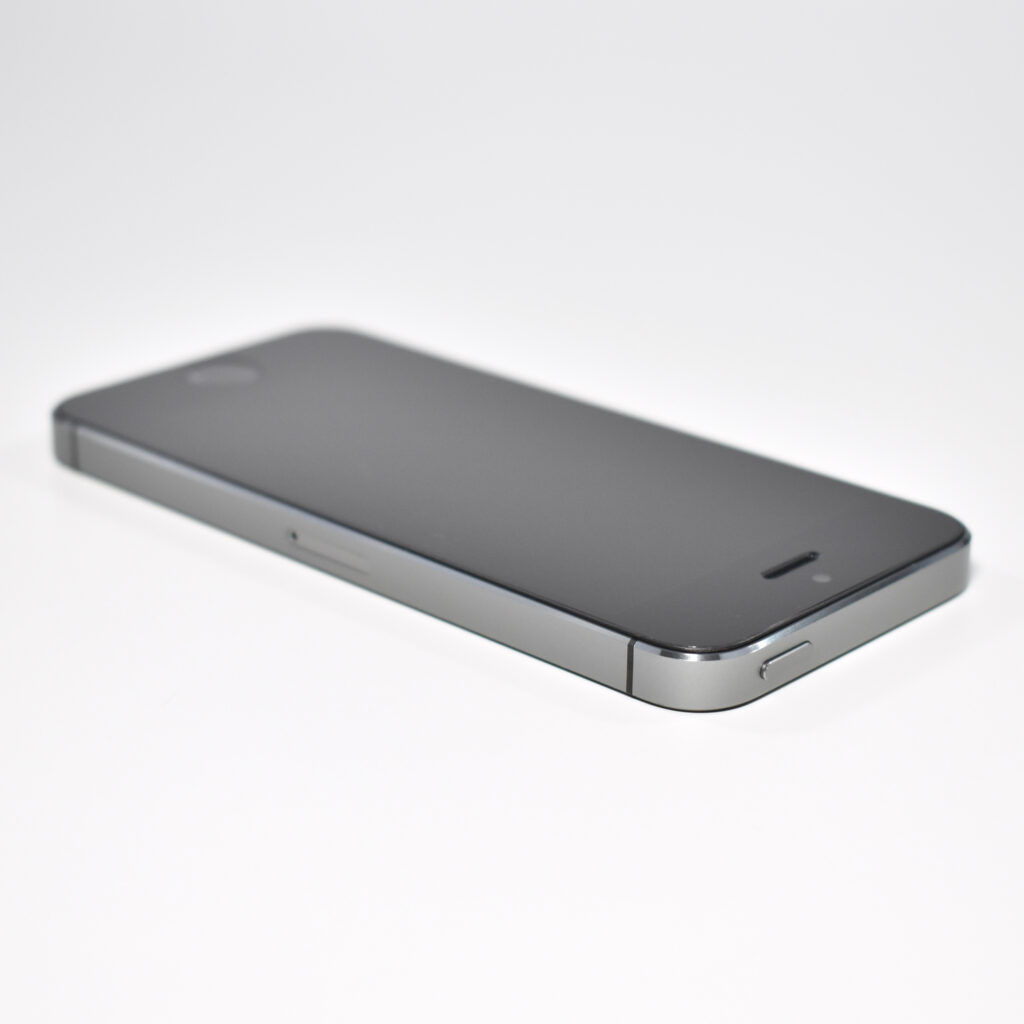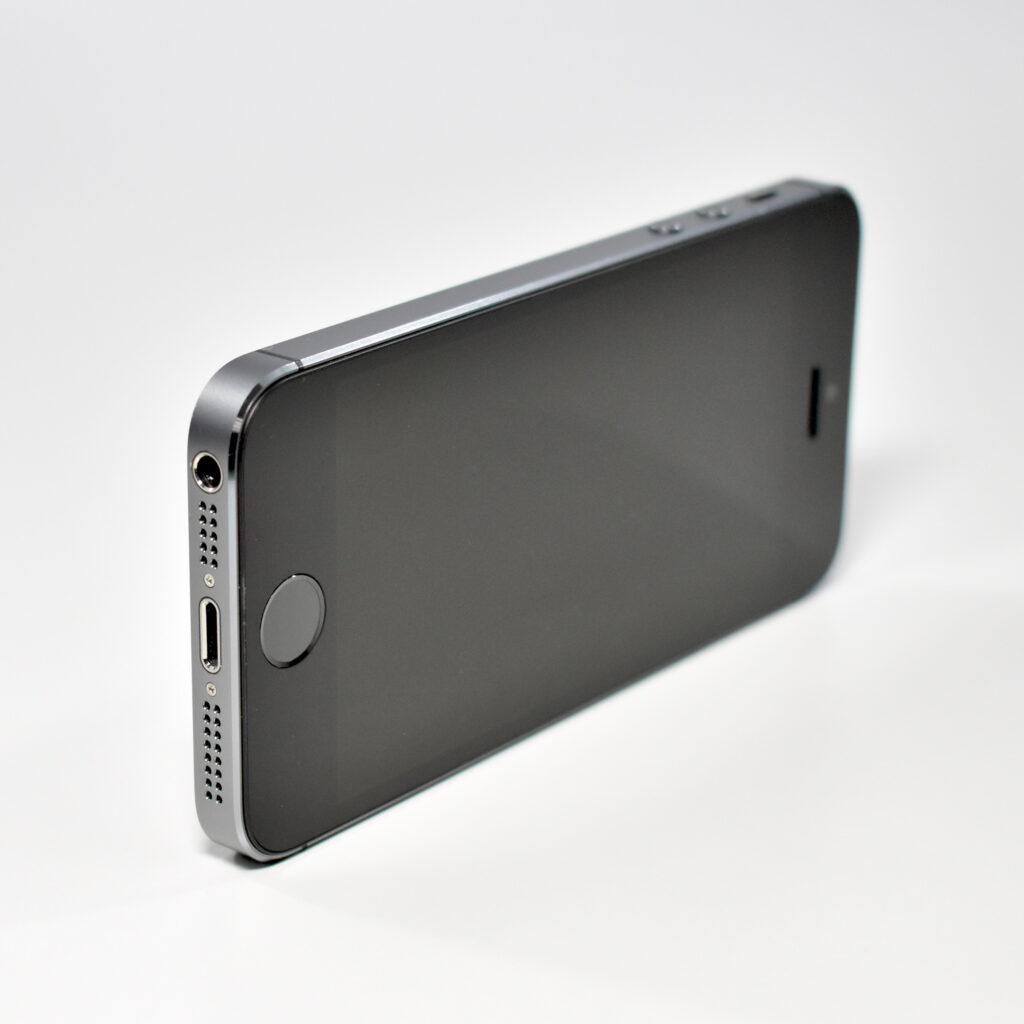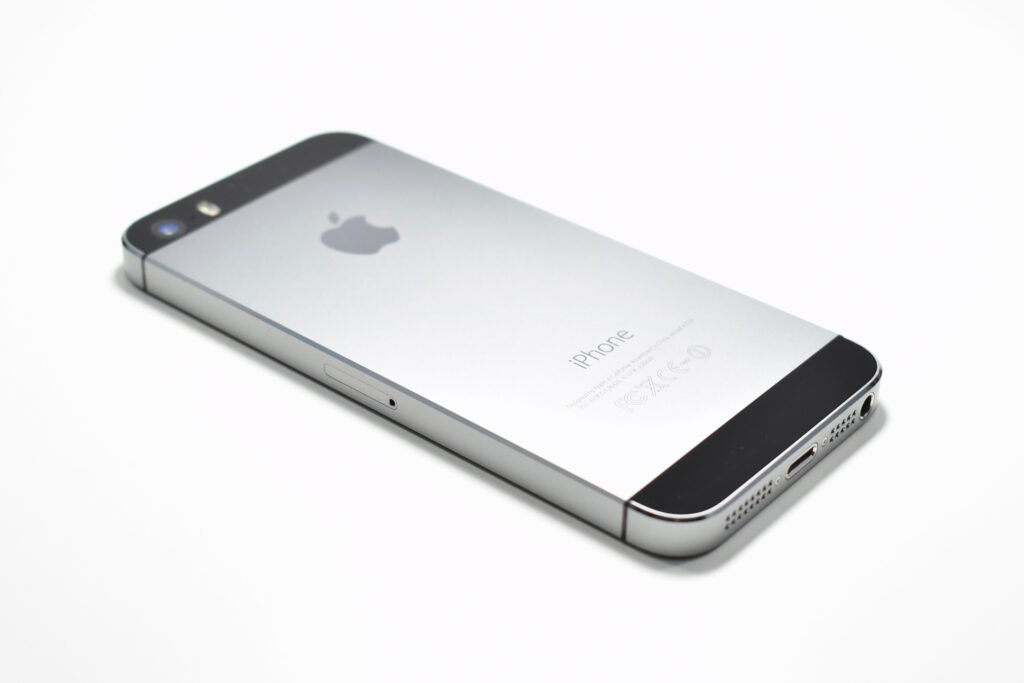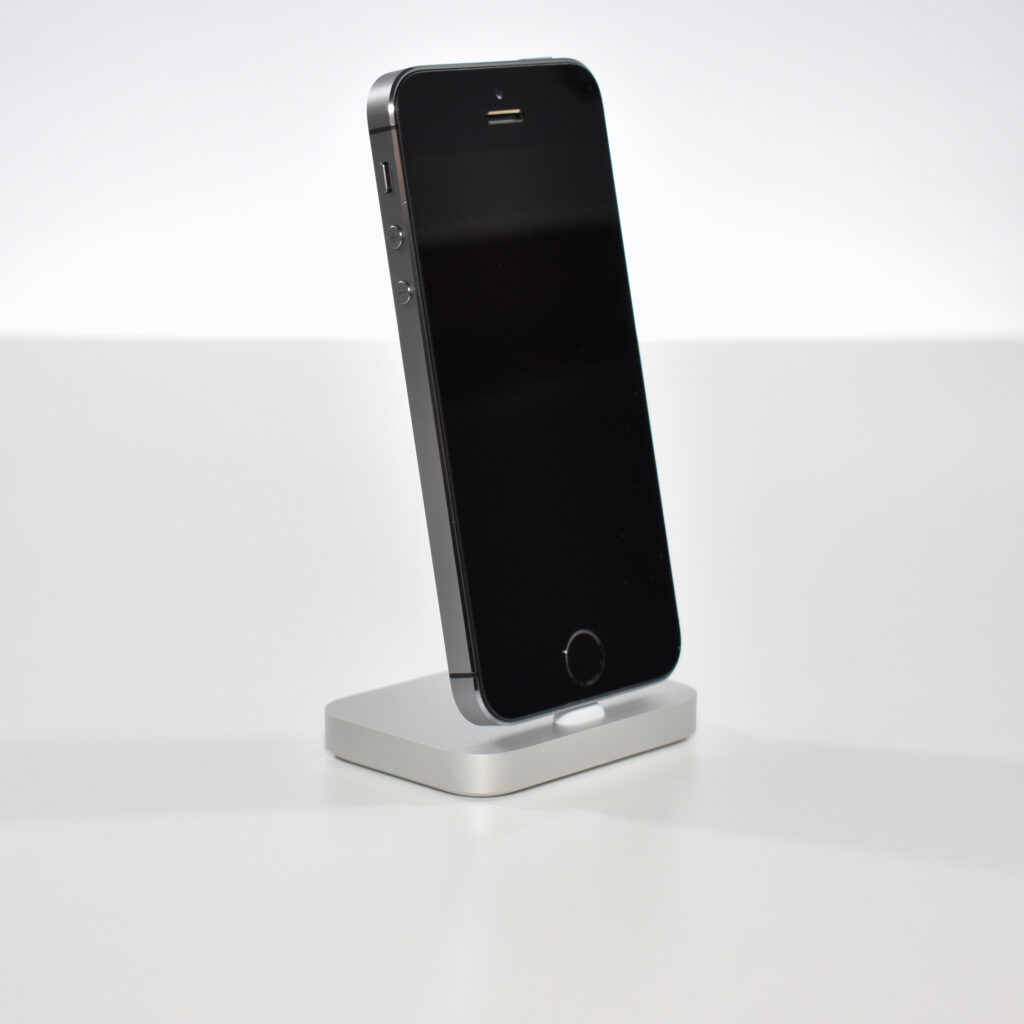When the iPad Air was released, Phil Schiller, Apple’s senior vice president of Worldwide Marketing, commented:
“…the new iPad Air is another big leap ahead. It is so thin, light and powerful, once you hold one in your hand you will understand what a tremendous advancement this is. iPad Air with its 9.7-inch Retina display weighs just one pound and packs the incredible performance of iOS 7 running on a 64-bit desktop-class Apple A7 chip, and delivers all-day battery life in the lightest full-sized tablet in the world.”
Apple described the iPad Air as 20% thinner and 28% lighter than the iPad Generation 4 (the base iPad at the time).
The iPad Air had many available configurations with 2 colors (Space Gray and Silver), 2 wireless connectivity options (Wi-Fi and Wi-Fi+Cellular), and 4 storage capacities (16GB, 32GB, 64GB, 128GB). This model is Space Gray, has Wi-Fi+Cellular, and 16GB of storage.
The iPad Air is 9.4 inches (240 mm) wide x 6.6 inches (169.5 mm) tall, and 0.29 inch (7.5 mm) thick. It weighed 1.05 pounds (478 g). Its Retina Display was 9.7 inches with 2048 x 1536 resolution (at 264ppi).
Wireless technologies included Wi-Fi (802.11a/b/g/n), Bluetooth 4.0, and this model allowed cellular service including LTE.
The front camera was a 1.2 Megapixel FaceTime HD Camera that could record 720p HD video. The back camera was a 5 Megapixel iSight Camera with features including autofocus, face detection, tap to focus, tap to control exposure, geotagging, and HDR.
Sources: Apple, (Newsroom, Tech Specs), EveryMac
